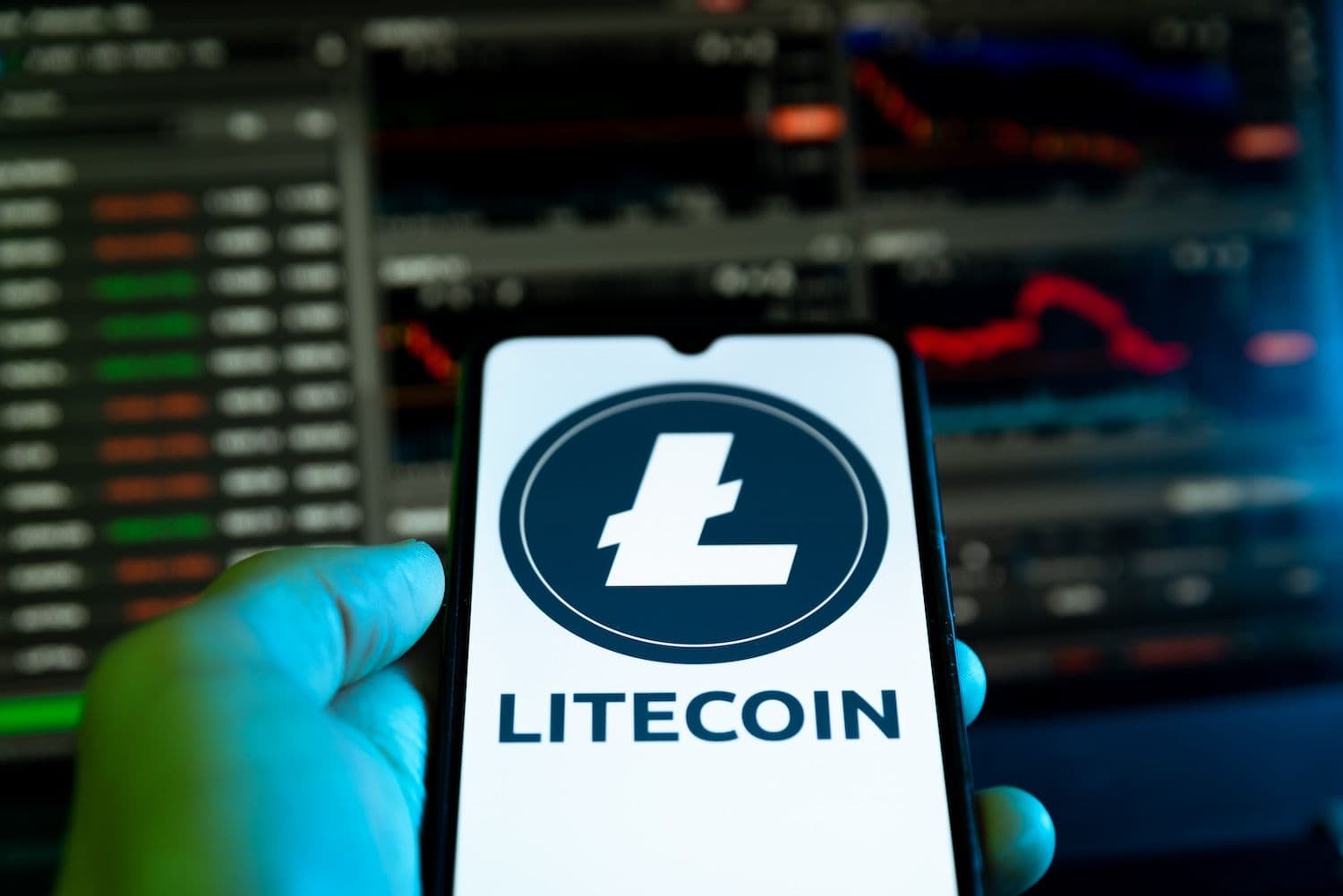Litecoin's account ufficiale dei social media ha scatenato una controversia di due giorni tra le comunità di criptovalute dopo la pubblicazione di una critica elaborata della strategia focalizzata sulle banche di XRP e un attacco personale al CEO di Ripple Brad Garlinghouse il 29 agosto.
Cosa sapere:
- L'account di Litecoin ha paragonato i token XRP a un "tubo da drive-in bancario digitale" e ha preso in giro il CEO Brad Garlinghouse come "Brad Garlicmouse"
- I sostenitori di XRP hanno reagito evidenziando la decisione del fondatore di Litecoin, Charlie Lee, di vendere tutte le sue partecipazioni nel 2017
- La disputa ha rivelato differenze filosofiche fondamentali tra le criptovalute concentrate sull'integrazione bancaria e le alternative peer-to-peer
Il roast sui social media si trasforma in guerra tra comunità
Il post iniziale ha usato una metafora inusuale che coinvolge gli odori delle comete per criticare la proposta di valore di XRP per gli investitori al dettaglio. L'account di Litecoin ha suggerito che i token XRP erano commercializzati con false promesse riguardo al loro valore rispetto ai trasferimenti di denaro tradizionali, citando l'offerta limitata di token come punto di vendita fuorviante.
Il messaggio si è concluso con un riferimento crudo che collegava figure politiche a Garlinghouse, usando il soprannome dispregiativo che rapidamente si è diffuso su tutte le piattaforme di social media. Il post ha generato migliaia di risposte e retweet nel giro di poche ore.
Il social media manager di Litecoin ha difeso la strategia confrontando le reazioni di diverse comunità di criptovalute. L'account ha osservato che le battute precedenti rivolte a Solana e allo stesso Litecoin avevano ricevuto poche reazioni negative, mentre la critica a XRP ha generato rabbia sostenuta e minacce legali da parte dei membri della comunità. "Vitriol diarroico per 2 giorni interi, minacce di azioni legali, interpretazioni orribili sul market cap," ha postato l'account in risposta alla controversia.
La comunità di XRP contrattacca con critiche al fondatore
I sostenitori di XRP hanno immediatamente contrattaccato con attacchi alla credibilità e alla storia di leadership di Litecoin. Molti account prominenti della comunità hanno fatto riferimento alla decisione di Charlie Lee del dicembre 2017 di vendere tutte le sue partecipazioni in Litecoin, una mossa che continua a generare critiche anni dopo.
Una risposta molto condivisa si è interrogata sull'impegno di Lee verso il suo stesso progetto. "Se la tua moneta valeva qualcosa, perché venderla tutta?" ha postato l'utente SamTheCarpetMan, riecheggiando un refrain comune tra i sostenitori di XRP riguardo all'uscita del fondatore dalle sue partecipazioni.
Diverse figure della comunità XRP hanno ritratto l'attacco come una gestione del marchio non professionale. CredibleCrypto ha suggerito che un tirocinante fosse responsabile dei post, mentre EGRAG Crypto ha fatto giochi di parole con il nome di Litecoin, scrivendo "La parola 'lite' si adatta alla tua posizione."
Altre risposte hanno sottolineato le partnership istituzionali di Ripple rispetto al focus di Litecoin sul retail. Un utente ha contrapposto gli incontri di Ripple con le banche e i regolatori contro le vendite di merchandise di Lee e il successivo dump di token. Alcuni membri della comunità hanno annunciato la vendita immediata delle partecipazioni in Litecoin in protesta.
Emergono divisioni filosofiche dietro la disputa pubblica
La controversia ha messo in luce differenze ideologiche più profonde tra i progetti di criptovaluta che perseguono l'adozione istituzionale contro quelli che mantengono posizioni anti-establishment. L'account di Litecoin ha articolato direttamente questa distinzione rispondendo ai critici sui potenziali di recupero del mercato.
"XRP vuole essere il ponte tra le banche e Litecoin è l'antitesi di tutto ciò," ha postato l'account ufficiale.
Questa dichiarazione ha chiarito il disaccordo fondamentale alla base della disputa sui social media oltre agli attacchi personali e ai confronti di mercato.
Lo scambio ha messo in evidenza le visioni concorrenti per il ruolo futuro delle criptovalute nei sistemi finanziari.
I sostenitori della comunità XRP promuovono l'integrazione con le infrastrutture bancarie esistenti e le reti di pagamenti transfrontalieri, mentre Litecoin si presenta come un'alternativa alle istituzioni finanziarie tradizionali.
Entrambe le comunità hanno fatto riferimento ai modelli di vendita dei token dai fondatori per sostenere i loro argomenti sull'autenticità del progetto e l'impegno a lungo termine. I sostenitori di XRP hanno affrontato critiche su vendite mensili continue di token da parte dei fondatori di Ripple, dati evidenziati recentemente dall'analista blockchain zachxbt.
Comprendere i token e il contesto del mercato
XRP opera come un asset digitale progettato per pagamenti transfrontalieri istituzionali e applicazioni bancarie. Il token viene scambiato su importanti exchange e mantiene partnership con istituzioni finanziarie in tutto il mondo. Ripple, l'azienda associata allo sviluppo di XRP, continua a perseguire chiarezza normativa e partnership bancarie.
Litecoin funziona come una criptovaluta peer-to-peer basata sulla tecnologia di Bitcoin con elaborazione delle transazioni più veloce.
Il progetto si commercializza come "l'argento rispetto all'oro di Bitcoin" e mette l'accento sull'adozione al dettaglio piuttosto che sull'integrazione istituzionale. Charlie Lee ha creato Litecoin nel 2011 come alternativa ai tempi di conferma più lunghi di Bitcoin.
Entrambe le criptovalute mantengono comunità attive e team di sviluppo, anche se le loro direzioni strategiche divergono significativamente. La capitalizzazione di mercato e il volume degli scambi spesso diventano battaglie di proxy per la lealtà della comunità e la validazione del progetto tra i sostenitori.
Considerazioni finali
La disputa sui social media tra le comunità di Litecoin e XRP illustra le tensioni in corso nei mercati delle criptovalute sulle strategie di adozione istituzionale. Anche se gli attacchi personali hanno dominato le discussioni pubbliche, il dibattito sottostante riflette reali disaccordi sul ruolo adeguato delle criptovalute nei sistemi finanziari. Al momento della pubblicazione, XRP veniva scambiato a $2,72.

